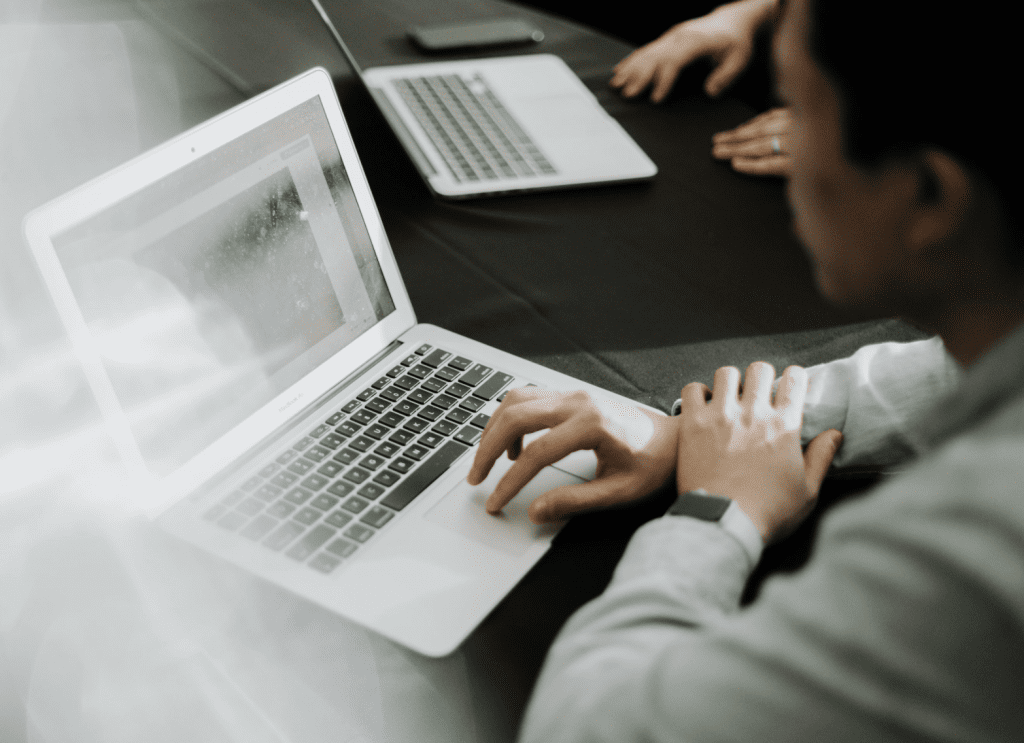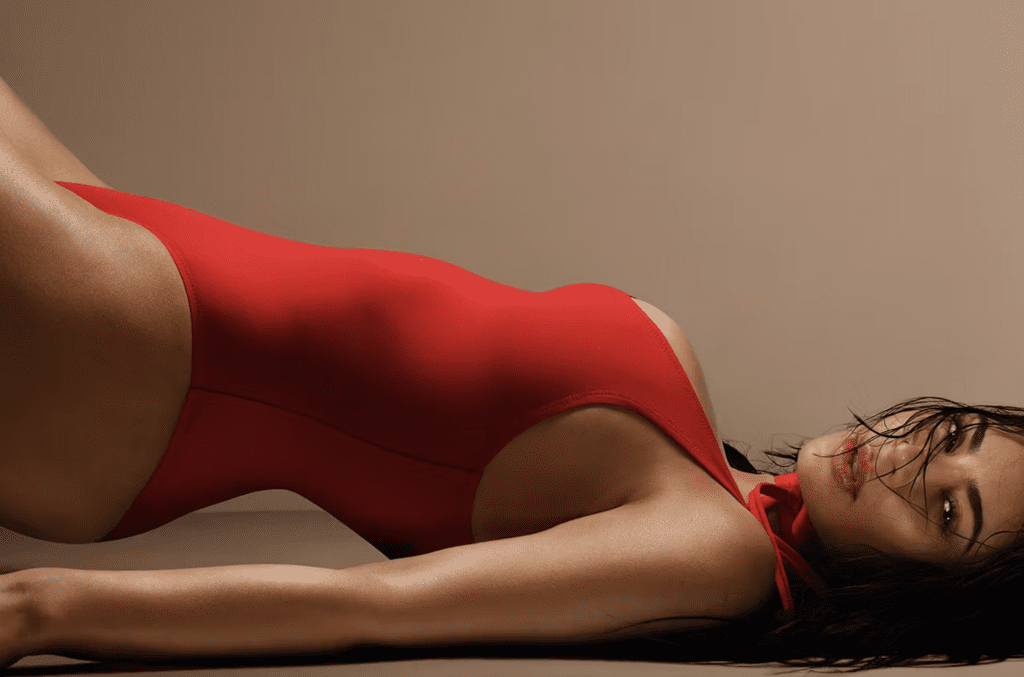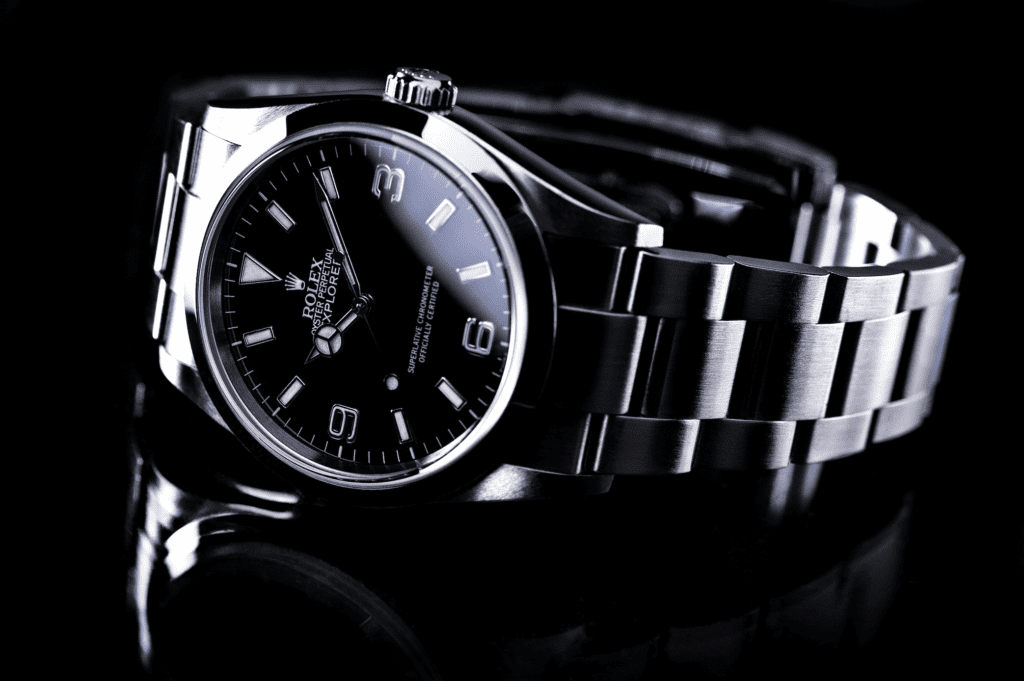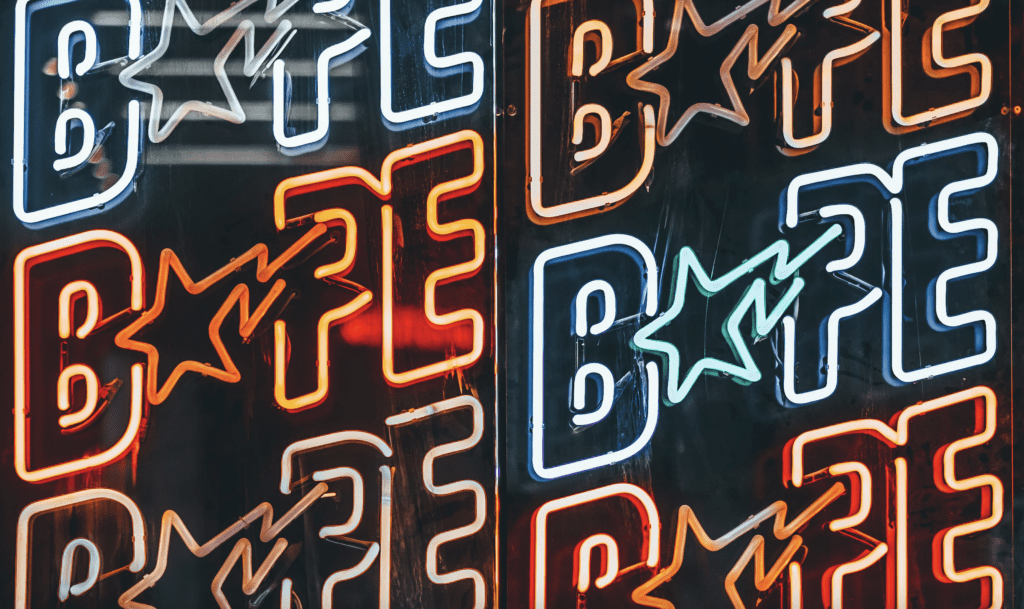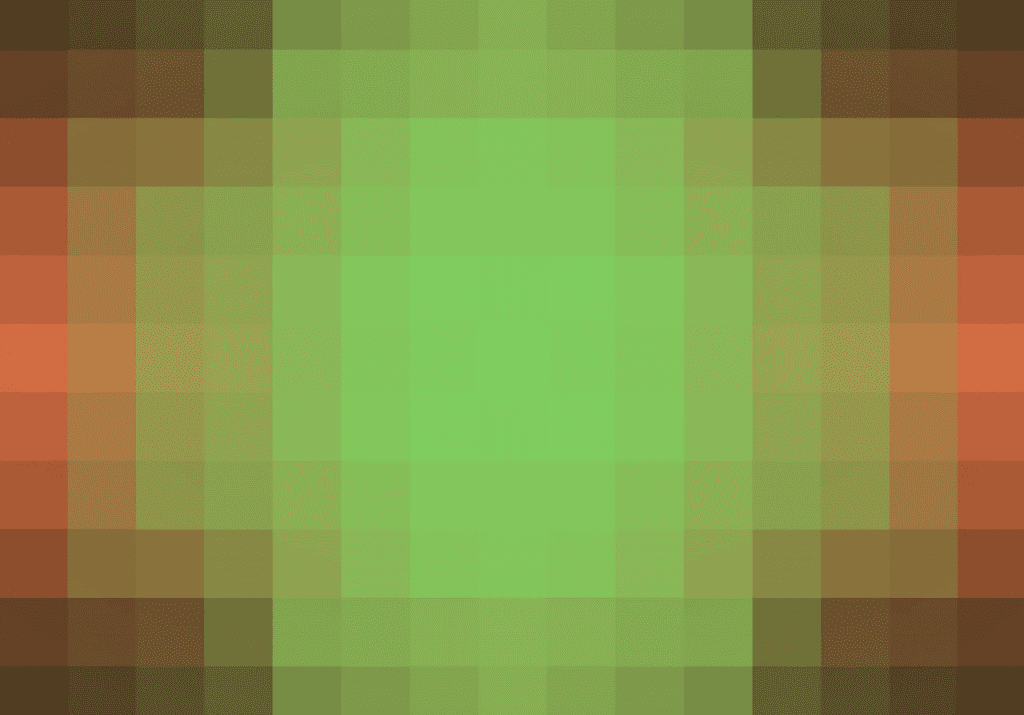In a first ruling of its kind, a court in China has held that an image created using an artificial intelligence (“AI”) platform is subject to copyright protection, and thus, unauthorized use of the image amounts to infringement. That is what the Beijing Internet Court held late last month in a case that centered on an image that the plaintiff – who was identified by the surname Li – created using Stable Diffusion, an AI-powered text-to-image generate. Li filed suit in Beijing in May, alleging that the defendant – an individual with the surname Liu – published the image at issue on an online platform without his authorization, thereby, engaging in copyright infringement.
The case put a couple of key issues before the court. Primarily, the court was tasked with determining whether the image that Li created using Stable Diffusion amounts to a protectable work under Chinese copyright law. Arguing favor of copyright protection, Li asserted that the use of AI-powered tools, such as Stable Diffusion, to create imagery is not far removed from the use of other tech – like cameras – to take photos. Moreover, Li alleged that more than merely asking Stable Diffusion to create a generic image of a woman, he entered “detailed descriptions” and various other prompts into Stable Diffusion in order to create – and subsequently, make edits – to the image he aimed to create.
Reflecting on the protectability of the image, the court held that Li created an “original” – and thus, protectable – image by virtue of the fact that he “made a certain degree of intellectual investment” by providing Stable Diffusion with specific text prompts, among other inputs. By making use of text prompts and “repeatedly adjust[ing] the parameters to come up with a picture that reflected his ‘aesthetic choice and personalized judgment,” the court found that Li had created an original image subject to copyright protection.
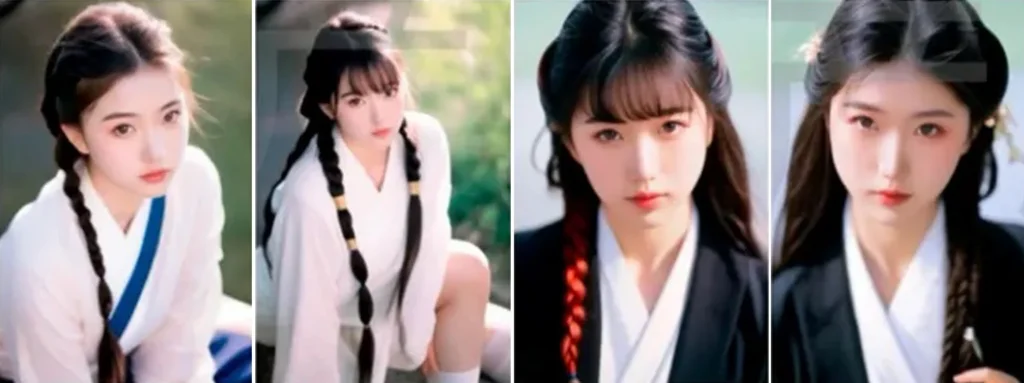
Moreover, the Beijing Internet Court declared that “when people use AI models to generate images, fundamentally, it is still humans using a tool for creation.” In other words, the court found that “the intellectual input throughout the entire creative process comes from humans rather than the AI models.”
Noting the rising adoption/use of AI technology and seemingly looking to set some precent for future clashes over AI-generated works, the court held that “as long as an AI-generated image reflects the original intellectual investment of a human being, it should be considered a work that is protected by copyright laws.”
In addition to siding with Li on his copyright infringement claim, the court also found that Liu engaged in a violation of the plaintiff’s information network transmission right – a claim that appears to mirror (to some extent) the Digital Millennium Copyright Act provision that prohibits the removal of copyright management information. The issue here, according to the plaintiff, was that in addition to making unauthorized use of the image, Liu removed the watermark of Li’s signature on the picture, and in doing so, “mislead viewers” who believed that Liu (not Li) was the creator of the image.
With the foregoing in mind, the court ordered Liu to issue a statement of apology on social media platforms, and to pay 500 yuan ($70.16) in damages to Li.
Copyright & AI: The U.S. View
The bigger picture here is the opposing view on the protectability of AI-generated works of art that has been adopted by the U.S. Copyright Office and at least one U.S. court. The Beijing Internet Court’s decision comes several months after a U.S. district court held that artwork created by AI is not eligible for copyright protection, thereby, upholding a decision from the U.S. Copyright Office to deny a registration for an AI-created artwork. In that case, which centers on an image that Stephen Thaler represented to the Copyright Office as being created without any human involvement, Judge Beryl A. Howell of the U.S. District Court for the District of Columbia held that “copyright has never stretched so far as to protect works generated by new forms of technology operating absent any guiding human hand, as plaintiff urges here.”
Must the creator an artwork be a human being to claim copyright protection? “The answer is yes,” Judge Howell asserted, noting that “the understanding that authorship’ is synonymous with human creation has persisted even as the copyright law has otherwise evolved.” Thaler has since appealed the district court’s decision.
The Copyright Office similarly held that images created by AI generators are not eligible for registration in connection with a copyright application that creator Kristina Kashtanova filed for a graphic novel called “Zarya of the Dawn.” The Copyright Office originally granted Kashtanova a registration for the Zarya work [when]. However, it subsequently sought clarification from her about her use of image-generating AI software in light of widespread media attention to the fact that while she wrote the text of the book, Kashtanova used Midjourney to create the images, which she did not disclose in her copyright application.
After reviewing Kashtanova’s original copyright registration application, as well as the relevant correspondence in the administrative record, the Copyright Office’s Associate Register of Copyrights Robert Kasunic alerted Kashtanova’s counsel in a letter in February that she “is the author of the work’s text, as well as the selection, coordination, and arrangement of the work’s written and visual elements [and] that authorship is protected by copyright,” but the images that were generated by the Midjourney technology “are not the product of human authorship,” and thus, not protected.




